1. Hydrangeas
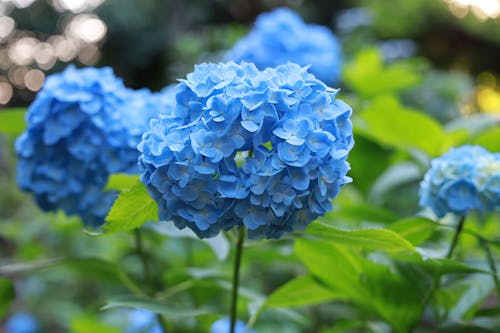
Hydrangeas have those giant, fluffy blooms that make people stop in their tracks. They thrive in many climates, but they’re extremely picky about soil pH and watering schedules. If you want those perfect pink or blue blossoms, you’ll need to tinker with your soil’s acidity. Skip a few waterings, and you’ll find them wilted and cranky.
Their dramatic flowers can transform any yard into a lush, cottage-style retreat. However, pruning them at the wrong time of year can mean no blooms at all the next season. Some varieties bloom on old wood, others on new, which confuses even seasoned gardeners. Owning hydrangeas basically means you’re always on call.
2. Roses
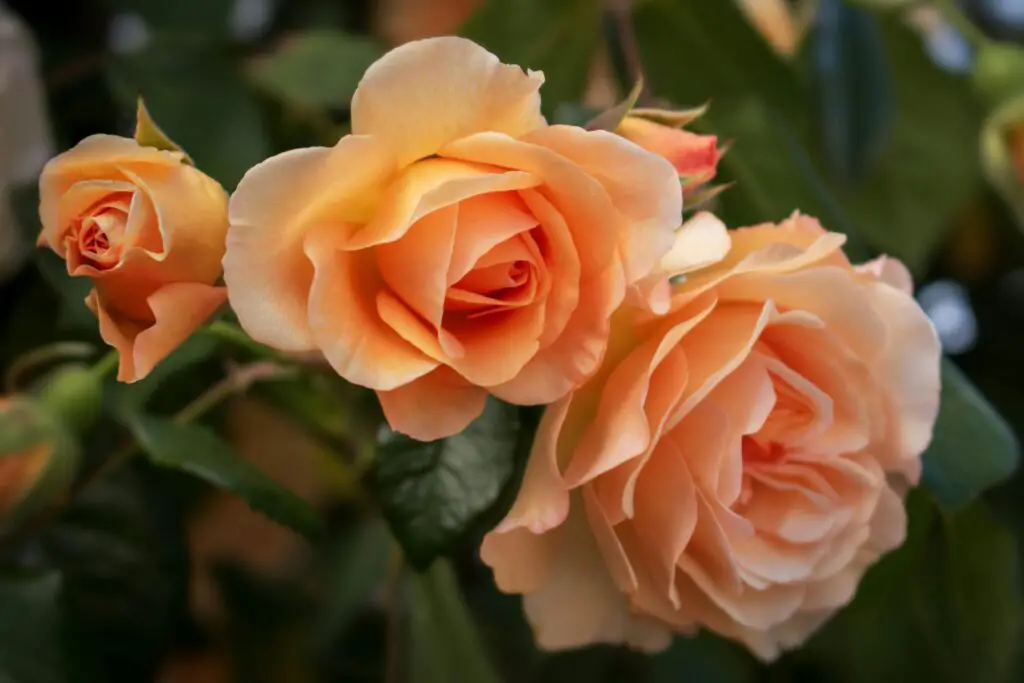
Roses are the undeniable divas of the garden—stunning, fragrant, and timeless. They come in countless colors and varieties, each capable of turning a yard into a romantic escape. But to keep them looking their best, you’ll need to prune, fertilize, and watch closely for pests. Black spot, powdery mildew, and aphids are almost guaranteed visitors.
The reward is worth it, though, when their lush blooms cover the yard in spring and summer. Still, neglect them for even a season, and they can turn into thorny, disease-ridden bushes. Many gardeners joke that roses demand as much attention as a pet. If you’re not ready to commit, they’ll quickly let you know.
3. Boxwoods
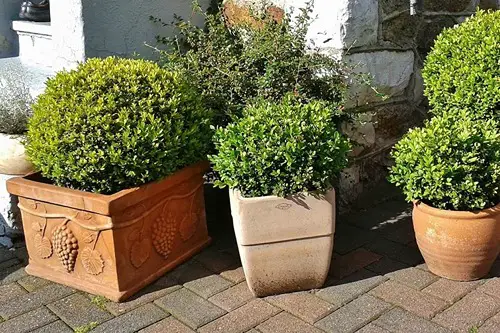
Boxwoods are the classic hedging plants that give yards that manicured, magazine-ready look. Their dense green foliage can be sculpted into neat borders or whimsical shapes. But the upkeep? Constant trimming and shaping, otherwise they grow scraggly and uneven.
They’re also susceptible to boxwood blight and leaf miners, which can devastate entire hedges. Keeping them healthy often means regular spraying and monitoring. Miss a step, and that perfect hedge could quickly turn patchy. These plants demand discipline, but they’ll reward you with elegance if you deliver.
4. Orchids
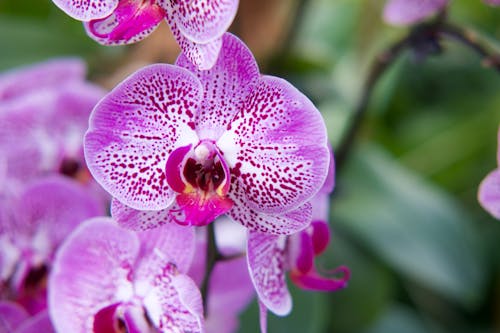
Orchids bring an exotic, tropical vibe to any yard or patio. Their intricate flowers look like living art, and they often last for weeks at a time. The problem is, they’re incredibly finicky about light, humidity, and temperature. Move them a few feet the wrong way, and they might refuse to bloom again.
Watering orchids is practically an art form—too much and the roots rot, too little and they shrivel. They’re also prone to pests like mealybugs and scale, which can spread quickly. Gardeners who master orchids usually become a little obsessed. They’re not for the casual plant parent, but their beauty is unmatched.
5. Clematis
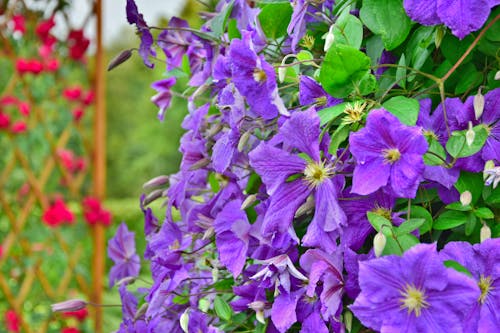
Clematis vines are show-stoppers when they cover a trellis or wall in vibrant blossoms. They come in endless colors and bloom shapes, instantly adding charm to outdoor spaces. But they’re notorious for “clematis wilt,” a disease that can wipe out a plant overnight. That means constant vigilance is a must.
Training them is another challenge, since the vines need to be tied and directed as they grow. If you let them go wild, they’ll tangle themselves into a mess. Pruning rules are also confusing, with different varieties requiring different timing. For gardeners who get it right, though, the reward is a vertical explosion of color.
6. Japanese Maples
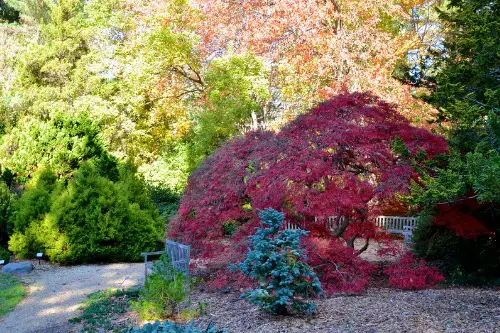
Japanese maples are prized for their delicate leaves and brilliant seasonal color. They can instantly elevate a yard, adding that “zen” atmosphere everyone loves. However, they’re very sensitive to sun, wind, and soil conditions. Too much heat, and their leaves scorch; too little drainage, and the roots suffer.
Pruning must be done carefully to maintain their graceful shape. They’re also targets for pests like aphids and fungal infections. If neglected, they quickly lose their elegance and turn scraggly. Treat them right, though, and they’ll become the focal point of your yard.
7. Wisteria
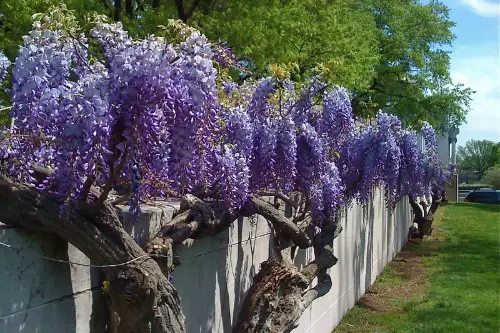
Wisteria draping from an arbor looks like something out of a fairytale. Those cascading purple blooms can stop anyone in their tracks. But behind the beauty is a plant that grows aggressively and needs relentless pruning. Left unchecked, it will smother everything in its path.
It also takes years to bloom reliably, testing the patience of any gardener. Once established, though, it can split trellises or pull down supports with its sheer weight. Training it requires a strict routine of cutting back shoots. For dream-like flowers, you’ll need to play the long game.
8. Gardenias
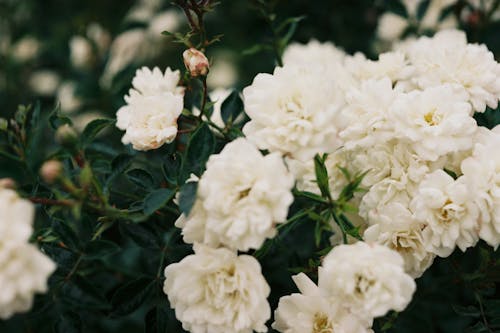
Gardenias are beloved for their intoxicating fragrance and glossy white blooms. They bring a touch of old-world charm to a yard, but they’re famously temperamental. They demand the perfect mix of humidity, temperature, and soil acidity. Miss the mark, and you’ll get yellowing leaves or no flowers at all.
They’re also magnets for pests like aphids and whiteflies. Even watering can be tricky—too much or too little, and they sulk. Some gardeners say keeping gardenias alive feels like a full-time job. But when they bloom, the scent alone makes it worthwhile.
9. Tulips
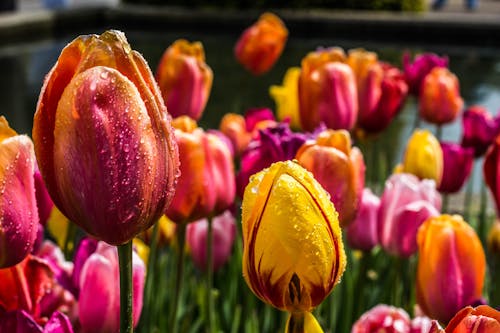
Tulips are springtime showstoppers, creating bursts of color after a long winter. But the bulbs need to be dug up and replanted every year in many regions. They’re also irresistible to deer, rabbits, and even squirrels, who see them as snacks. That means constant battles to keep them safe.
On top of that, tulips don’t always “perennialize” well, often giving weaker displays each year. They require careful soil preparation and protection from rot. The payoff is short-lived, with blooms lasting only a few weeks. Still, few flowers can rival their cheerful spring debut.
10. Fuchsias
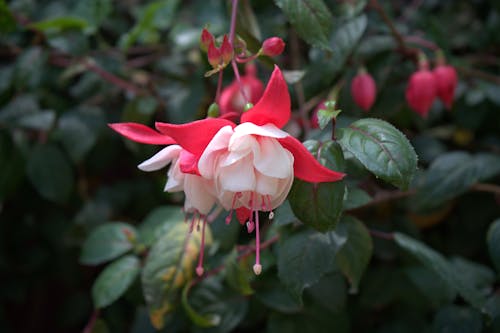
Fuchsias dangle their colorful, teardrop-shaped flowers like living ornaments. They’re a favorite in hanging baskets or as shrubs in shady spots. But they’re extremely sensitive to heat and require consistent moisture. Skip a watering, and the whole plant might collapse.
They’re also vulnerable to pests like whiteflies and spider mites. Pruning and deadheading are constant chores to keep them blooming. Some varieties even need to be overwintered indoors in cold climates. Fuchsias give dazzling rewards, but only to those willing to baby them.
11. Lavender
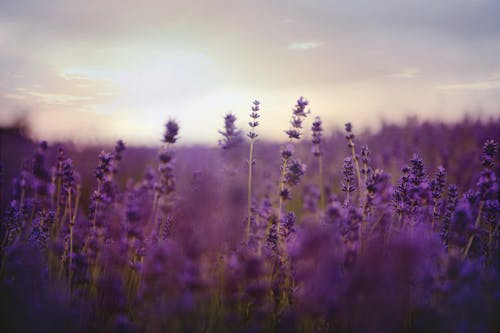
Lavender is beloved for its soothing fragrance and beautiful purple spikes. It creates that dreamy, Mediterranean vibe in any garden. But it’s surprisingly picky—lavender hates wet feet and needs perfect drainage. Too much rain or poor soil, and it quickly dies off.
Regular pruning is also essential to prevent it from turning woody and scraggly. In humid climates, fungal issues can wipe it out fast. Some gardeners replant lavender every few years to keep it looking good. When it thrives, though, it’s one of the most enchanting plants around.
12. Dahlias
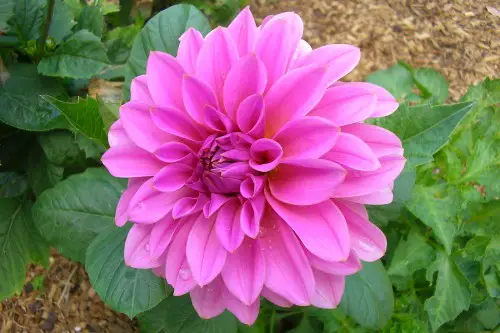
Dahlias produce jaw-dropping blooms in every shape and color imaginable. They can make an ordinary yard look like a floral showcase. But the upkeep is intense—they need staking, pinching, and constant deadheading. Their large blooms are also magnets for pests like earwigs and slugs.
In colder regions, the tubers must be dug up and stored indoors each winter. They’re also heavy feeders, demanding rich soil and regular fertilizing. Neglect any step, and they’ll reward you with fewer blooms. For those willing to fuss, dahlias deliver spectacular results.
13. Bonsai Trees
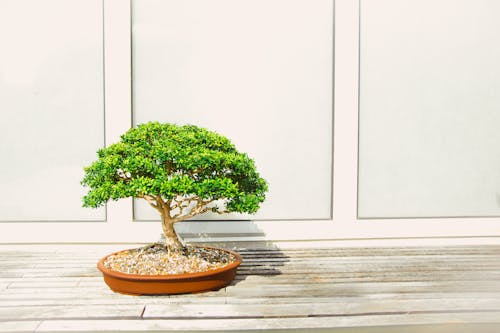
Bonsai trees are living art pieces that instantly transform a space with their sculptural presence. They’re captivating, miniature versions of majestic trees. But they require near-daily attention—watering, pruning, wiring, and repotting. A single lapse can undo years of careful shaping.
They’re also vulnerable to pests and root issues due to their small containers. Maintaining their balance of soil, light, and nutrients is a constant challenge. Gardeners often describe bonsai as both a meditation and a discipline. They’re not just plants, but lifelong commitments.
This post 13 Plants That Transform a Yard but Require Constant Attention was first published on Greenhouse Black.
